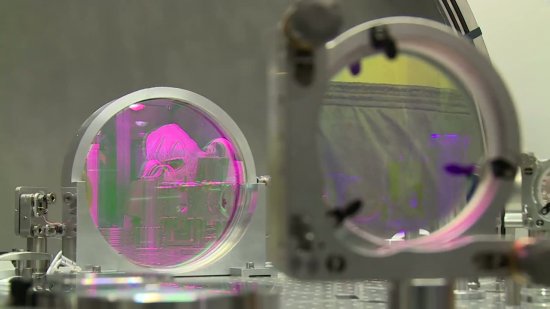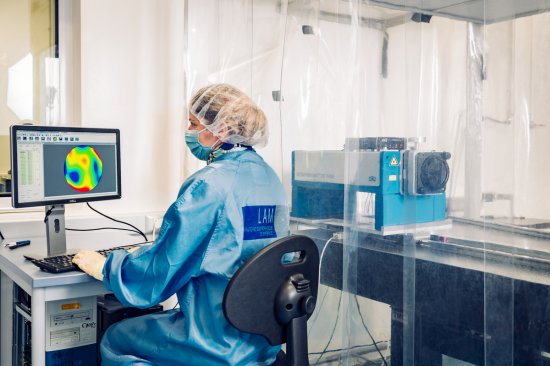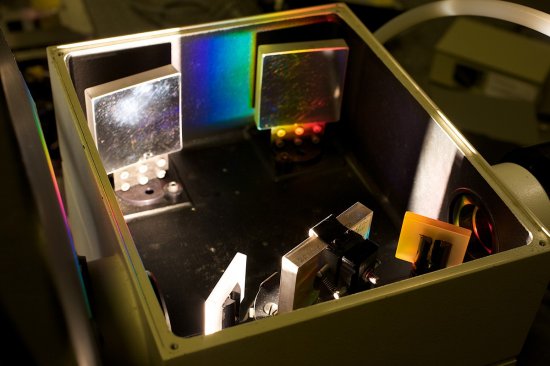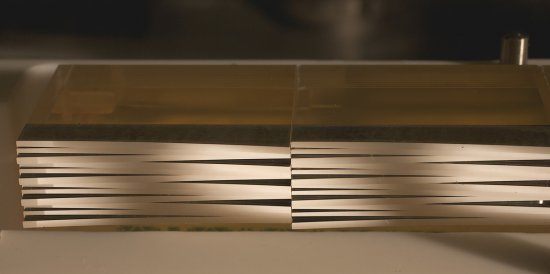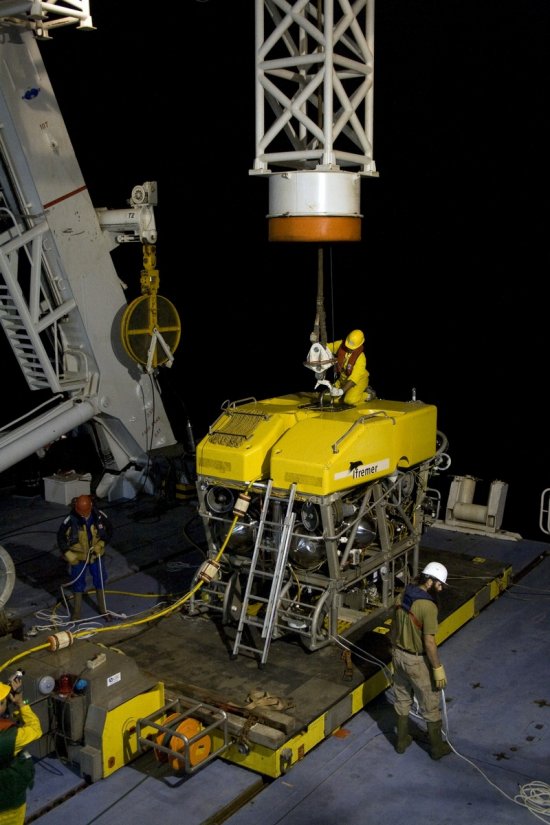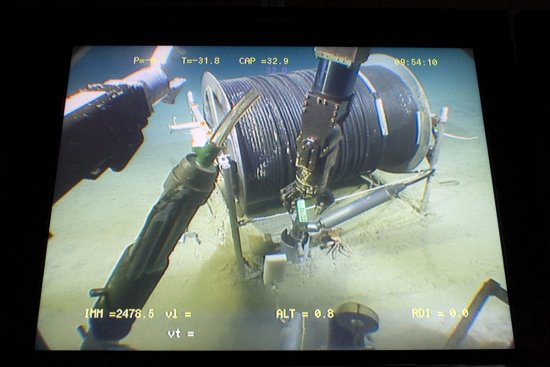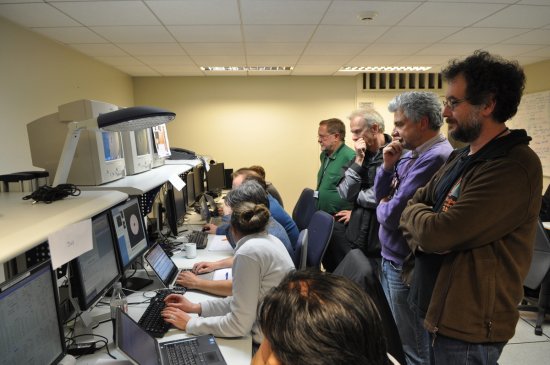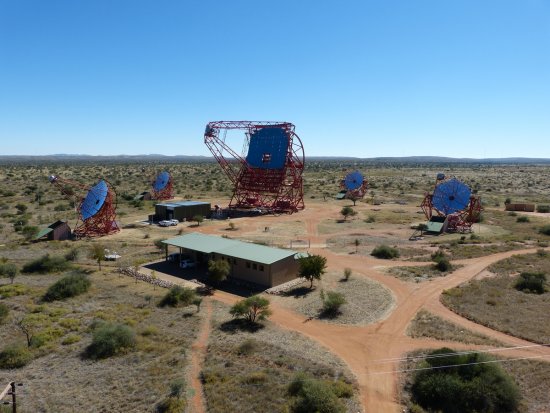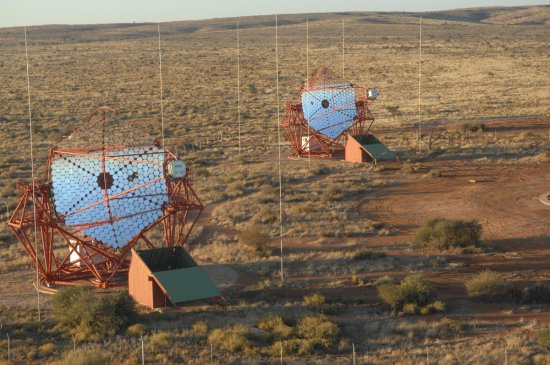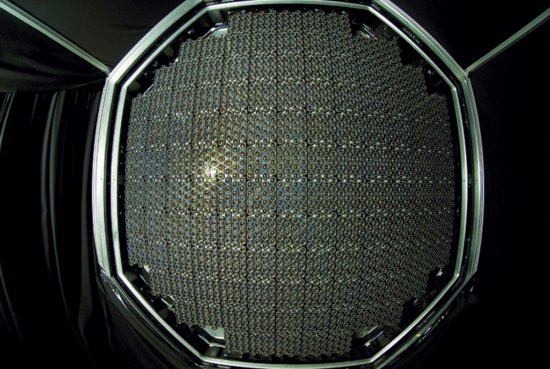© CNRS Images - 2008
Reference
1893
Telescopes of the invisible
The acronym Hess stands for High Energy Stereoscopic System, but it also pays homage to the Austrian physician, Victor Hess who discovered cosmic rays in 1929. Hess designed a group of four telescopes that were installed near to the Gamsberg highlands in Namibia. In detecting light flashes produced by very high energy gamma rays when interacting with the earth?s atmosphere (?Tcherenkov emissions?), Hess brought to light precious information on some of the most violent phenomenon in the Universe. The results exceed all expectations. In 2009, another telescope system, Hess 2, will complete statistics taken with a lower energy threshold. The project was initially proposed in 1997, by the MAX-Planck-Institute Für Kernphysik (MPI-K) in Heidelberg, and was joined by French researchers at the beginning of 1998. Today there are more than 100 scientists from nine different countries working together. In 2006 this very high energy gamma ray observatory H.E.S.S, won the European Descartes prize.
Duration
Production year
Définition
Color
Sound
Version(s)
Original material
The use of media visible on the CNRS Images Platform can be granted on request. Any reproduction or representation is forbidden without prior authorization from CNRS Images (except for resources under Creative Commons license).
No modification of an image may be made without the prior consent of CNRS Images.
No use of an image for advertising purposes or distribution to a third party may be made without the prior agreement of CNRS Images.
For more information, please consult our general conditions
